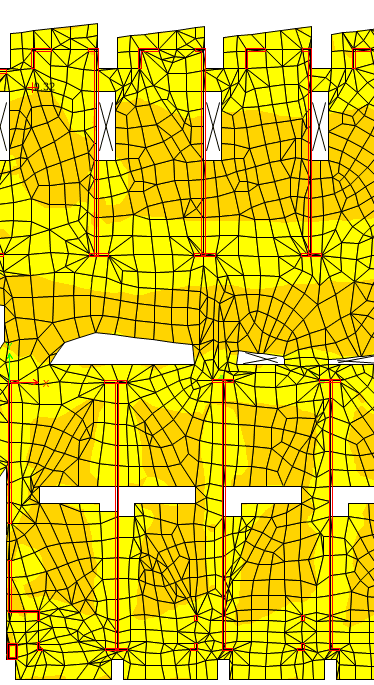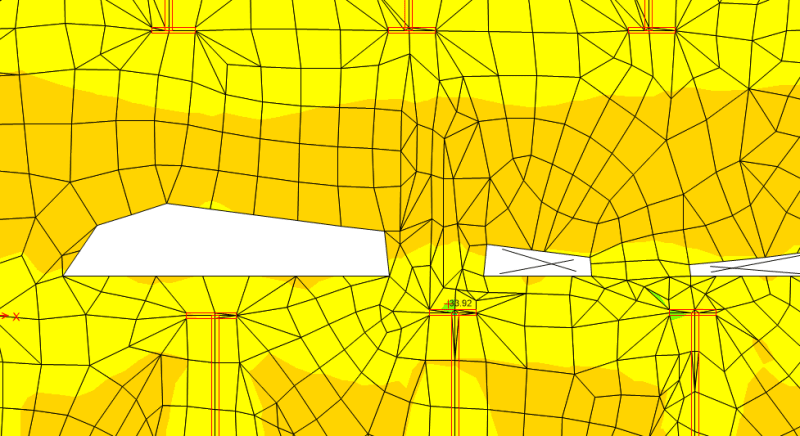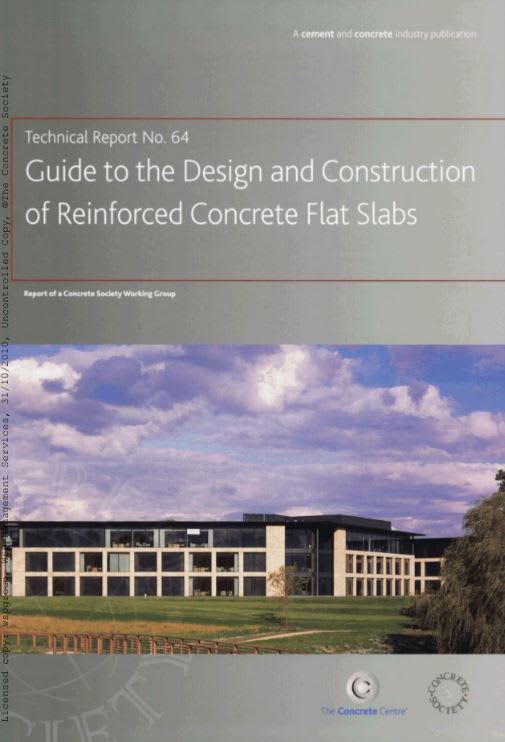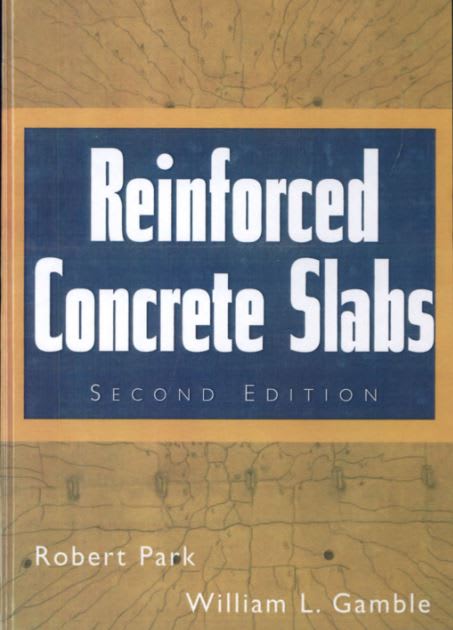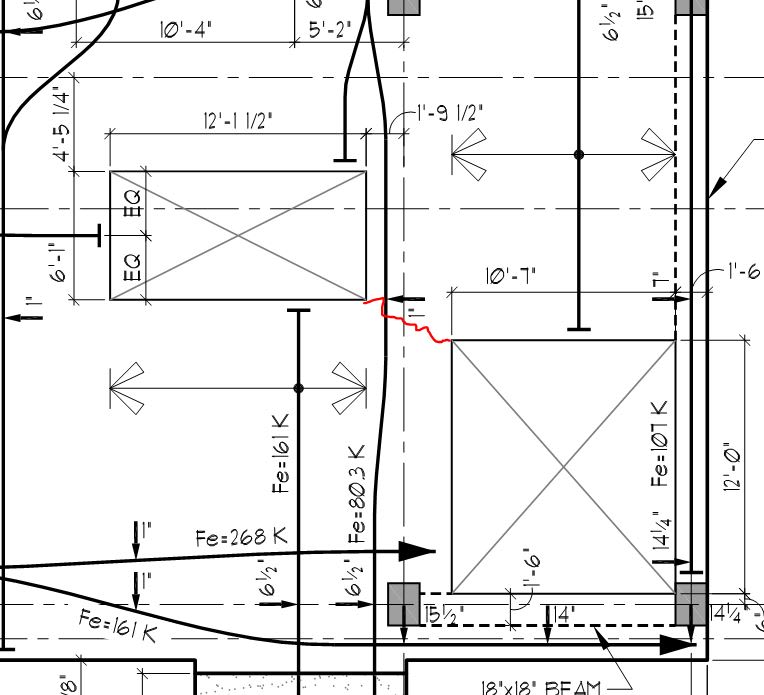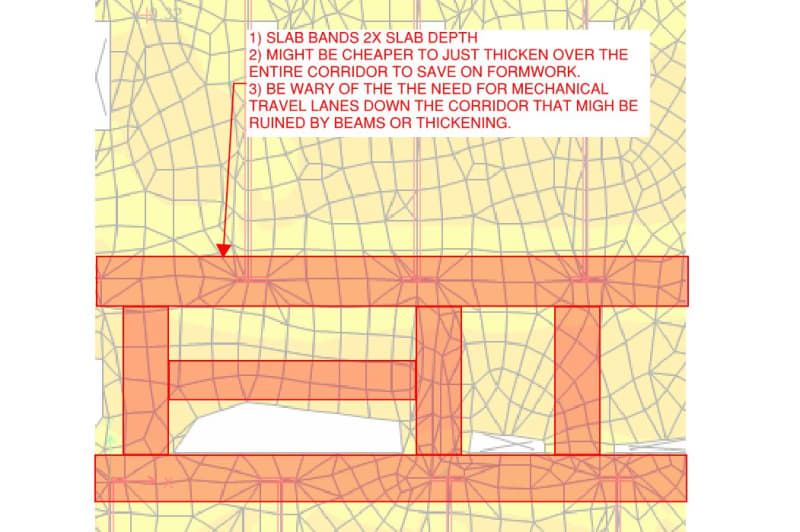1) I wouldn't give up on FEM for slab design. Nowadays everybody wants a flat, beam-less sofit and there's no such thing as a regular column layout. In my opinion, that means that;
a) we just barely have reasonable, hand design methods to cover us for strength which, frankly, rarely governs.
b) we don't have reasonable, hand design methods to cover us for deflection which usually governs.
As such, if you restrict yourself to hand methods, you're likely to find yourself in one of these undesirable positions:
c) you're too conservative relative to your competition and lose work as a result.
d) you're not conservative enough and in-service deflection issues are landing your in court regularly.
2) I have found it frustratingly difficult to find a decent reference on practical,
modern slab design using modern tools. The classical strip methods that you find in most university textbooks are useless to me other than for providing the historical context for how rebar detailing typically needs to be handled. The one decent reference that I now of is shown in the first clip below. Besides that, I've found that books on post-tensioned slab design tend to be better at covering suspended flat-work than generic concrete texts. One good example is shown in the second clip below.
3) As you've rightly anticipated, practical slab design requires one to know how to take complex FEM results and translate them into simple rebar layouts that really reflect how things have traditionally been done, pre-FEM. For this, I recommend the third book below. More on that reference next.
4) It is indeed very difficult to hand-evaluate concrete slab design situations of any complexity without resorting to the rather brutish "I'll pretend there's little beams in the slab". That method is valid but pretty much tosses any two-way plate benefit out of the window. And, as I mentioned above, it's just for deflection estimates except, possibly, to provide very conservative upper bound estimates. For this, again, I recommend the third book below. Tackling complex situations efficiently by hand really requires the use of methods like the Hillerborg strip method and the yield line method which seem to get little, if any, coverage in university nowadays (if they ever did). That's all covered in that book. It's a bit frustrating to read the Park & Gamble book because it's long, tedious, and does next to nothing to help you actually complete your assignment right out of the gate. That said, over the long haul, it will pay dividends with respect to your fundamental understanding and your confidence with two way slab design. The book also gets into the theoretical basis for FEM design as it pertains to slab design which is helpful.
5) Appreciating the economic imperative to rationalize your reinforcement layout such that no contractor would even suspect that you used FEM is a great first step for a beginner. To that end:
Rationalization of Flat Slab Reinforcement
